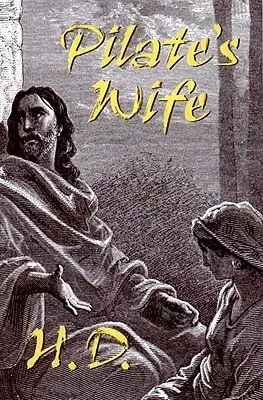Hilda Doolittle
(Author)Pilate's WifePaperback, 17 July 2000

Qty
1
Turbo
Ships in 2 - 3 days
In Stock
Free Delivery
Cash on Delivery
15 Days
Free Returns
Secure Checkout

Print Length
160 pages
Language
English
Publisher
New Directions Publishing Corporation
Date Published
17 Jul 2000
ISBN-10
0811214338
ISBN-13
9780811214339
Description
Product Details
Author:
Book Format:
Paperback
Country of Origin:
US
Date Published:
17 July 2000
Dimensions:
20.14 x
13.26 x
1.14 cm
ISBN-10:
0811214338
ISBN-13:
9780811214339
Language:
English
Location:
New York, NY
Pages:
160
Publisher:
Weight:
136.08 gm